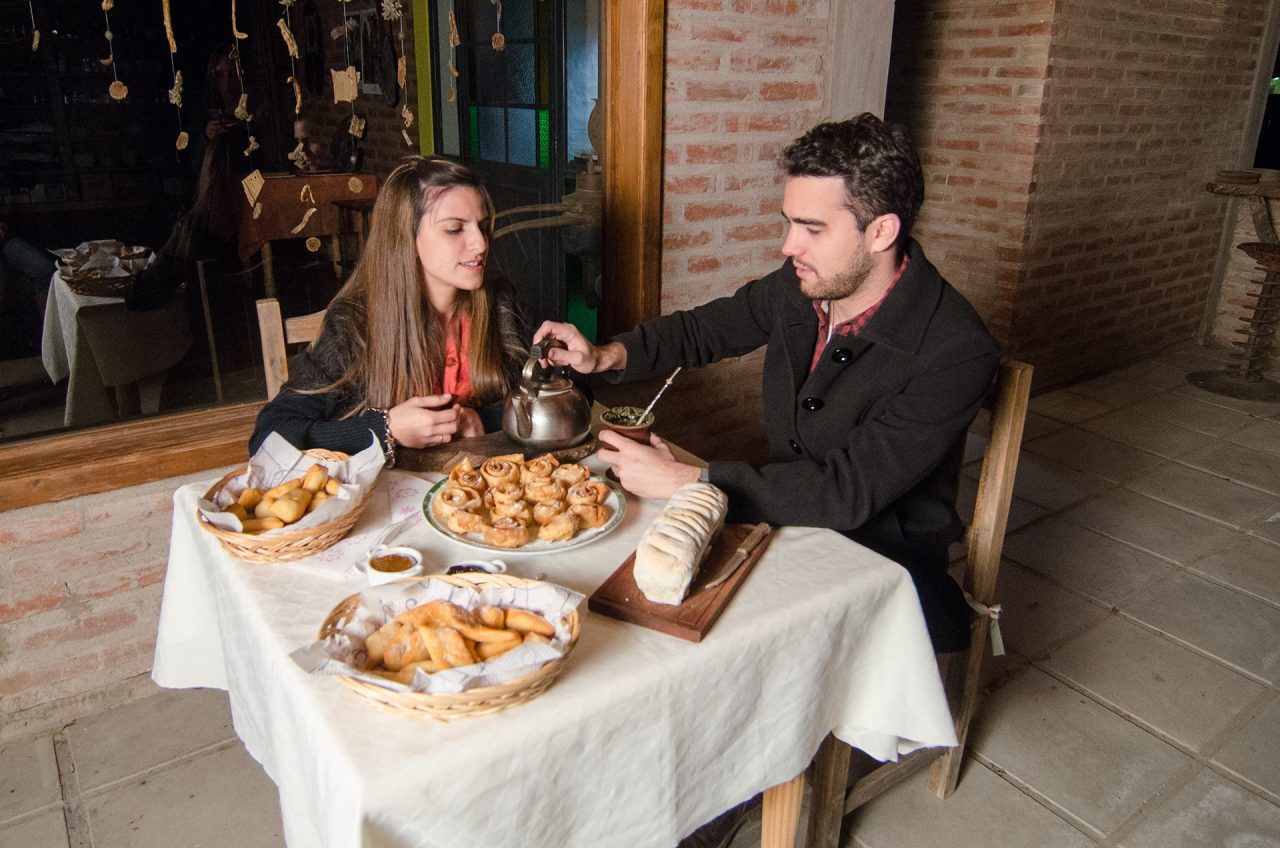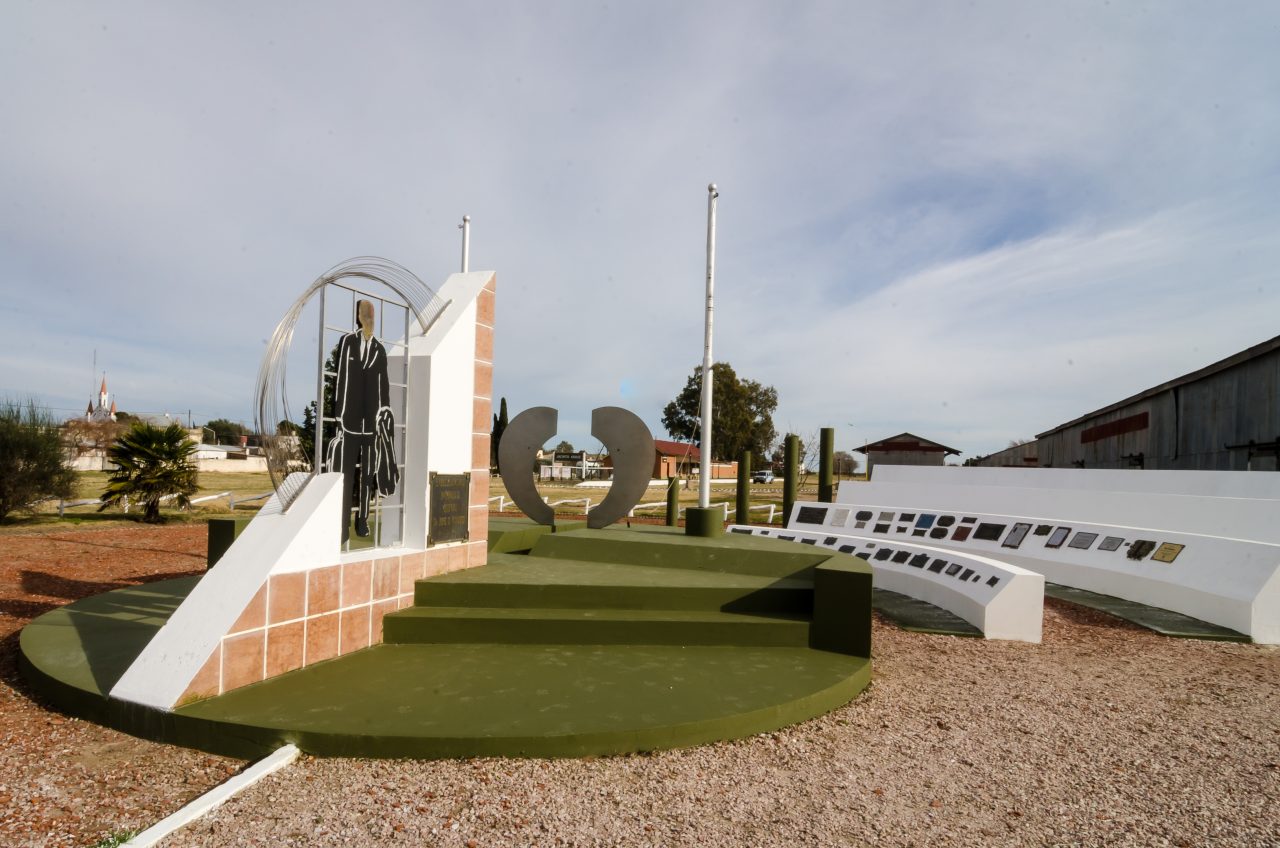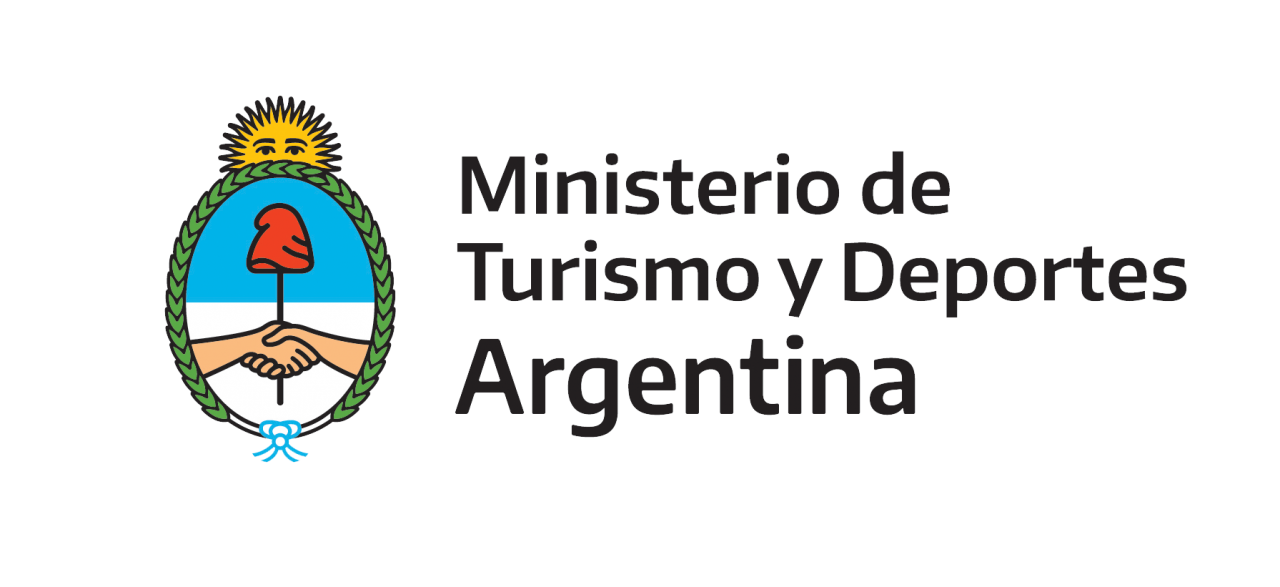Historic, Rural and Cultural Tourism at La Pampa
La Pampa, the front door to the Argentinean Patagonia, is a territory with strong roots in traditions. In this circuit – which approximately takes four days – we suggest a journey through Argentine history, getting close to the vestiges of the Ranquel Indians, a look on different cultures getting to know the Mennonites and, of course, a visit to the Pampean cattle ranches which open their doors to tourism allowing visitors to enjoy the typical country activities and the exquisite local gastronomy.

The itinerary starts at the city of Santa Rosa, an important urban and touristic center of the province of La Pampa. In a visit to the city we may point out the Provincial Museum of Arts, The Natural History Museum, the Spanish Theatre and the Cathedral, among other buildings and places of interest. It is impossible to leave Santa Rosa without tasting its traditional preparations you find at avant-garde restaurants such as the internationally well-known “Pampa Roja”. Accommodation is first quality and there are alternatives including spa services.
The next destination along the provincial route Number 1 is Guatraché. The alternative there, for those who like to learn about other cultures, is to visit the Mennonite Colony. They are characterized for a very particular life style and ways of working the land, far from the comforts of the contemporary world. Mennonites preserve their Dutch and German customs and traditions. They lead a simple life, far from the most elemental signs of modernity. Their main activities are: milking, dairy, carpentry, metallurgy, trade in general branches, clothing manufacturing, canning, construction of carriages, raising of farm animals and garden crops.
The next stop is to take a rest and enjoy the exquisite gastronomy of the Rural Hotel “La Pampeana” – at the locality of Sarah – with its award-winning fine dining restaurant. This is a big house built at the beginning of the 20th century. The premises offer lodging, services and activities in the quiet environment of the Pampean field.
Continuing with the cultural itinerary, it is a must to visit the “Parque Indígena Leuvucó”, located 25 kilometers to the north of Victoria, on the provincial route Number 105. It was the most populated center of the region, with approximately 8,000 natives, who lived around the Leuvucó lagoon. At their burial site there are the remains of who was the last tribal chief, Mariano Rosas, and a Monument remembering the Ranquel culture. Every June 24th, “We Tripantü”, the new Ranquel year, where the Lonkos Council of La Pampa carries out the “Pleading” ceremony, is celebrated.
We suggest you should continue the circuit visiting the touristic Ranch “La Holanda”, where it is possible to spend an afternoon in the country, lodge there, and know the Atelier Ortiz Echagüe Museum, where visitors are received by the descendants of the Spanish painter and may enjoy his work.
The itinerary ends at the locality of Jacinto Arauz, known to be the place where Dr. René Favaloro lived practicing as a rural doctor. His stay there may be remembered visiting the Historical Museum of the Rural Doctor René Favaloro, the clinic he created together with his brother and the house where he lived.

Throughout the circuit, the agricultural and livestock farms prevail where visitors will have the opportunity to practice equestrian sports or attend the magnificent show of the “gaucho” skills, guitar meetings and folkloric shows typical of the Pampas where countrymen gather at the Patagonic sunset. The classic gastronomy is the gauchos´ barbecue and the delicious food at country meetings where a round of “mate” is the typical pastime.



